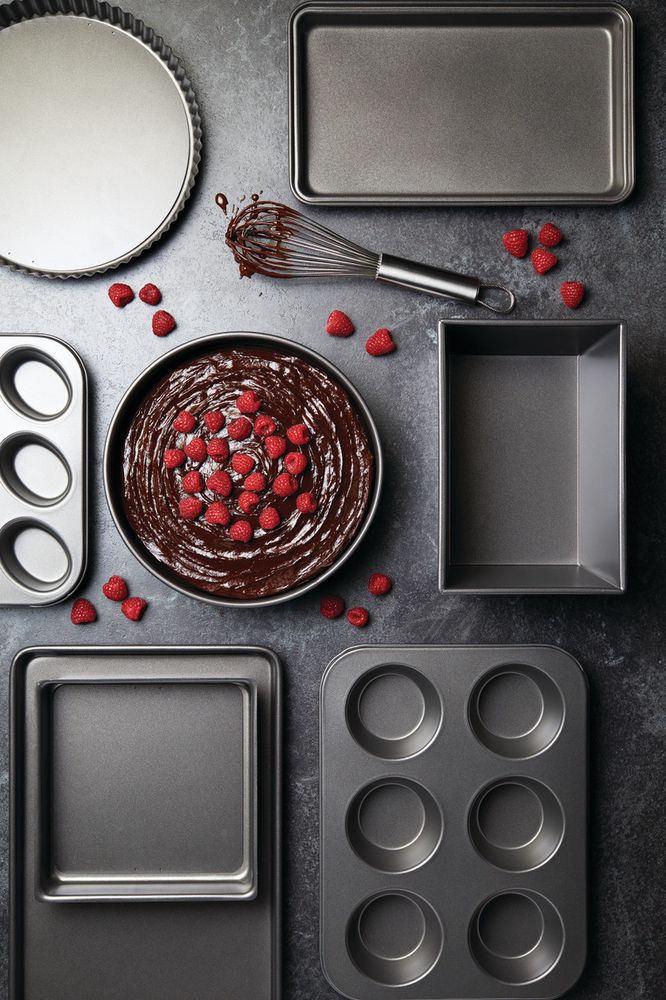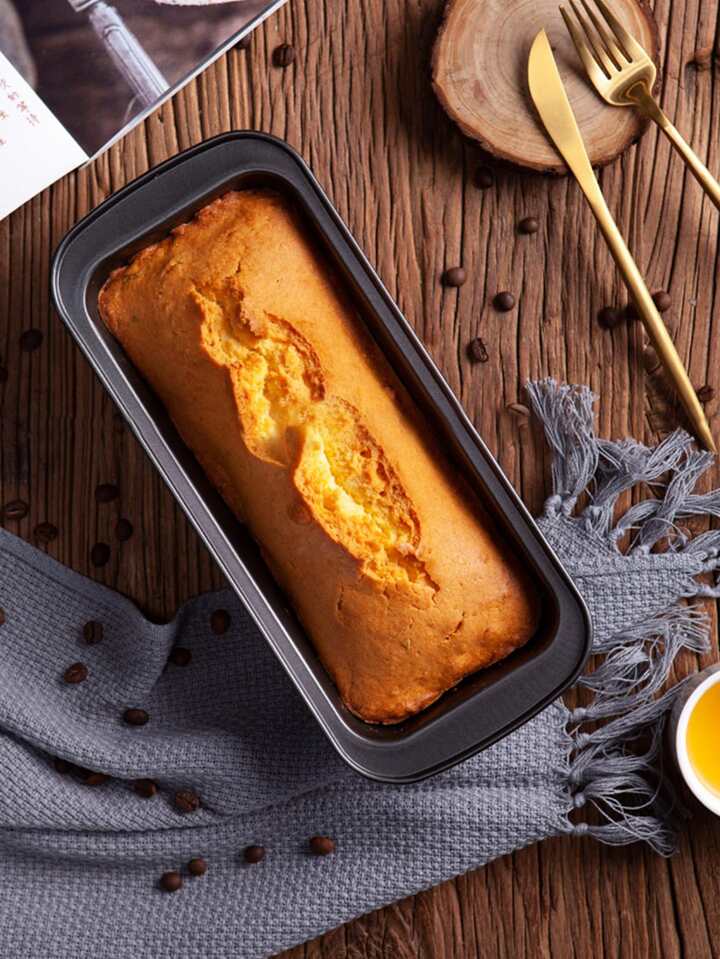Skip to content
The Perfect Cake Mould: A Comprehensive Guide.

Introduction
- Briefly introduce the importance of cake moulds in baking.
- Highlight how selecting the right cake mold can significantly impact the outcome of your baked goods.
Types of Cake Moulds
-
Metal Cake Pans
- Discuss the durability and heat conductivity of metal pans.
- Highlight their versatility for various types of cakes.
- Mention considerations such as non-stick coatings and different shapes/sizes available.
-
Silicone Cake Moulds
- Explain the flexibility and non-stick properties of silicone.
- Discuss the ease of release and cleaning.
- Mention the variety of shapes and designs available, including novelty moulds.
-
Glass Cake Pans
- Discuss the even heat distribution of glass pans.
- Mention their suitability for baking delicate cakes like cheesecakes.
- Highlight their transparency, allowing for easy monitoring of browning.
-
Specialty Cake Moulds
- Discuss moulds designed for specific types of cakes, such as bundt pans, springform pans, and angel food cake pans.
- Explain the unique features and benefits of each type.
Considerations When Choosing a Cake Mould
-
Size and Shape
- Discuss how the size and shape of the mold can affect baking time and presentation.
- Offer tips for selecting the right size and shape based on the intended cake recipe.
-
Material
- Compare the pros and cons of different materials, including metal, silicone, and glass.
- Highlight factors such as durability, heat conductivity, and ease of cleaning.
-
Non-Stick Coating
- Discuss the importance of a non-stick coating in preventing cakes from sticking to the pan.
- Mention considerations for maintaining the non-stick properties of the mould.
-
Heat Conductivity
- Explain how heat conductivity affects baking, particularly in achieving even browning and texture.
- Provide recommendations for achieving optimal heat distribution in different types of cake moulds.
Maintenance and Care Tips
- Offer practical tips for cleaning and maintaining cake moulds to prolong their lifespan.
- Include instructions for removing stubborn stains or residues without damaging the mould’s surface.
Recommendations and Reviews
- Share recommendations for reputable brands known for quality cake moulds.
- Include customer reviews and testimonials to provide insights into user experiences with different moulds.
Conclusion
- Summarize the key points discussed in the guide.
- Encourage readers to consider their baking needs and preferences when selecting a cake mold.
- Reiterate the importance of investing in a high-quality cake mould for successful baking experiences.




